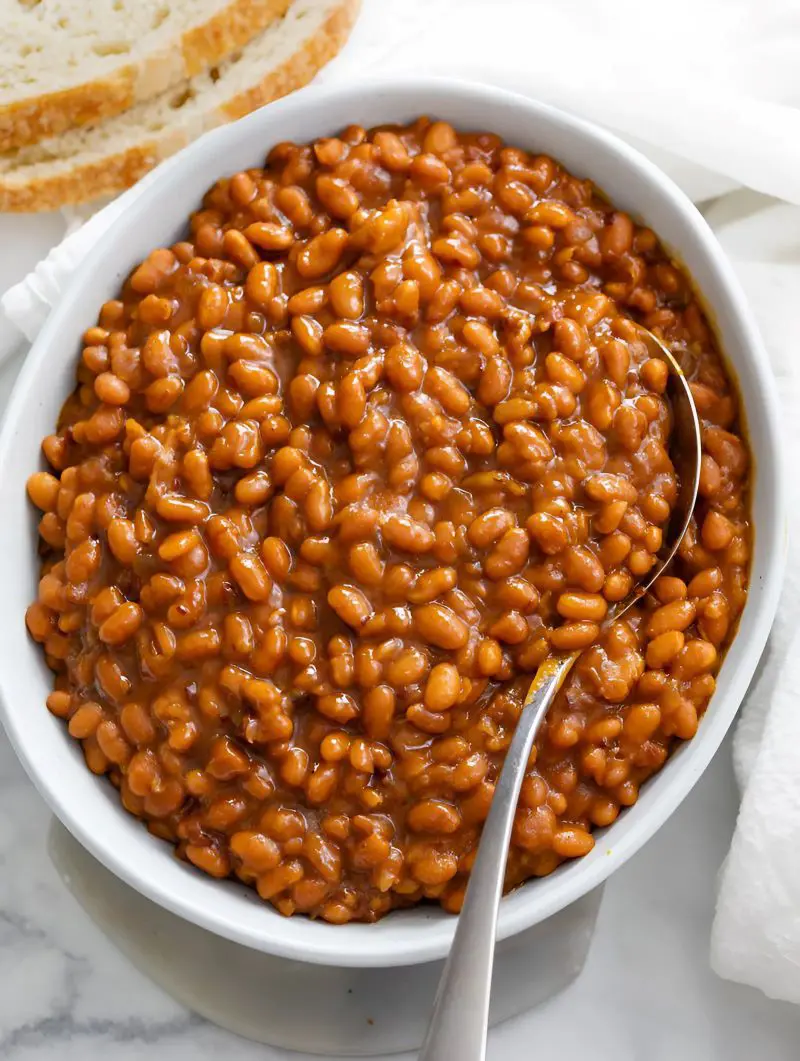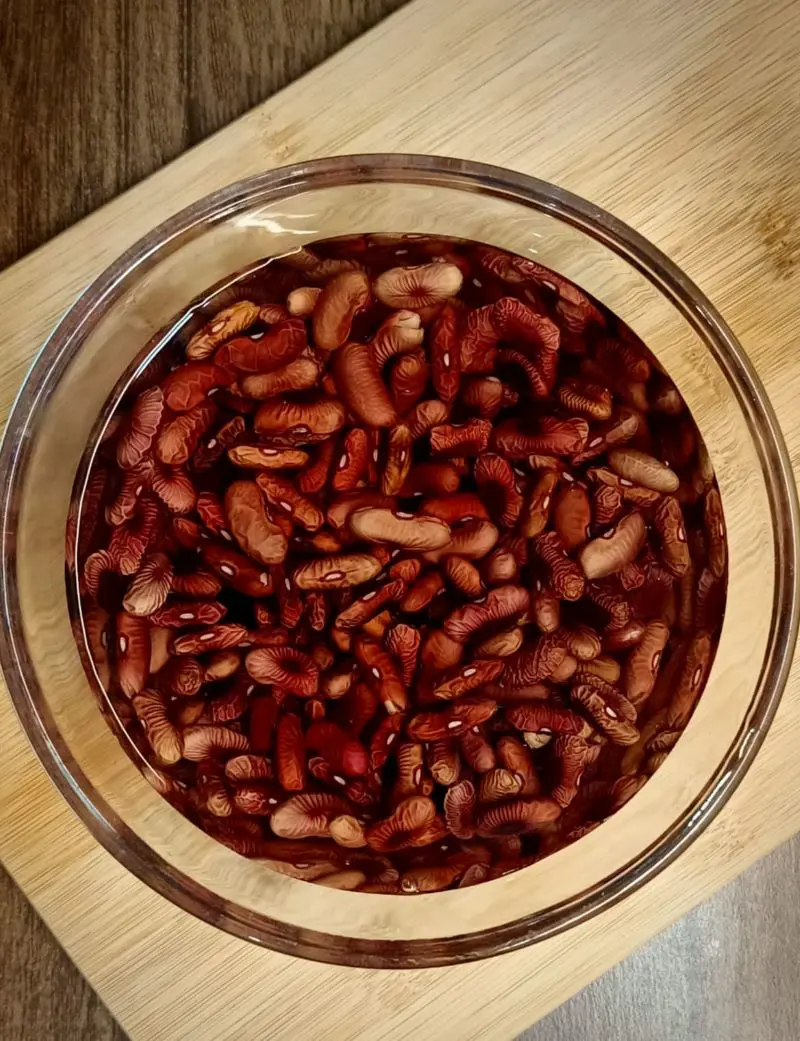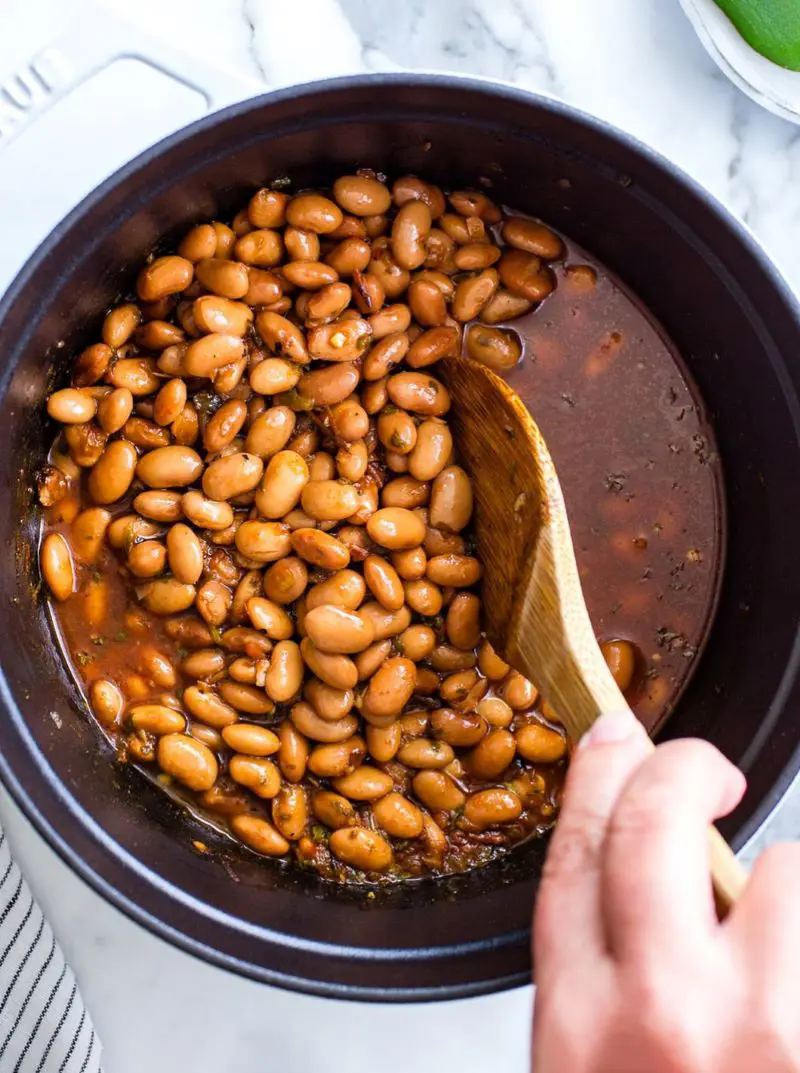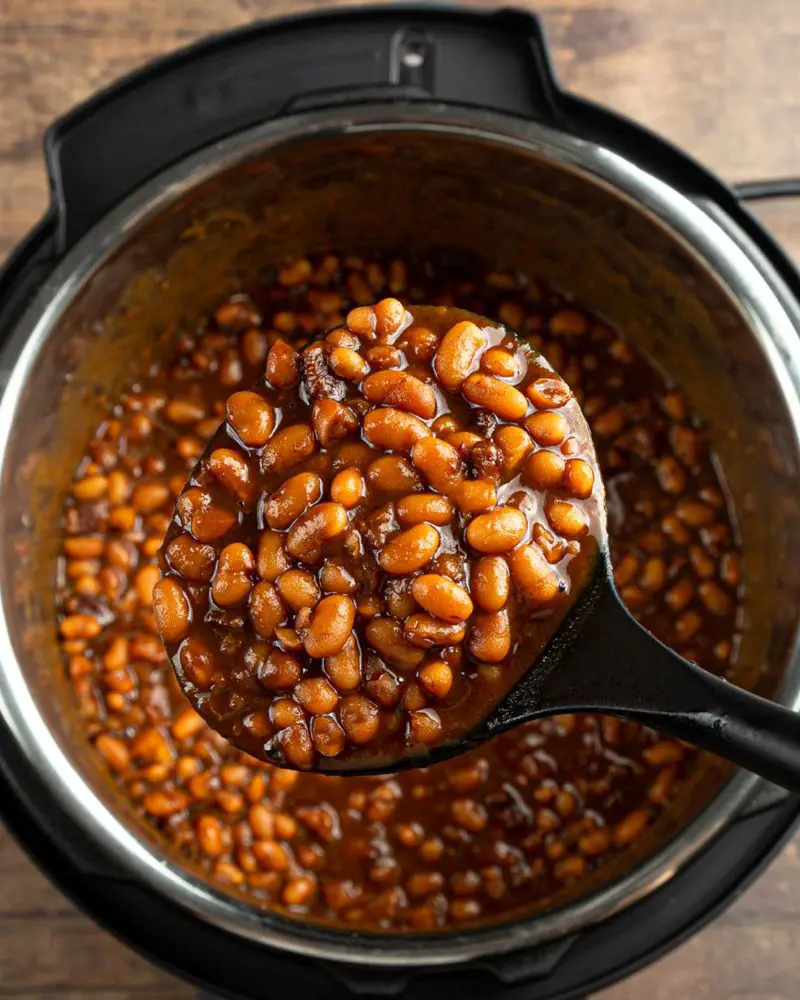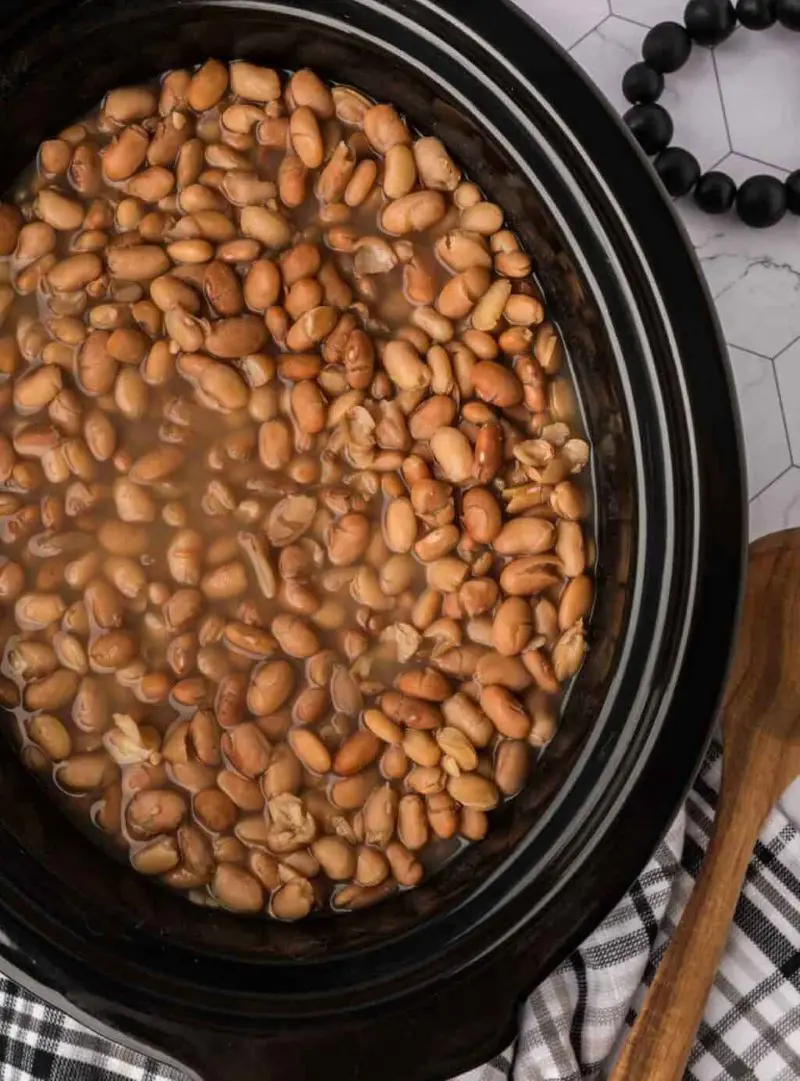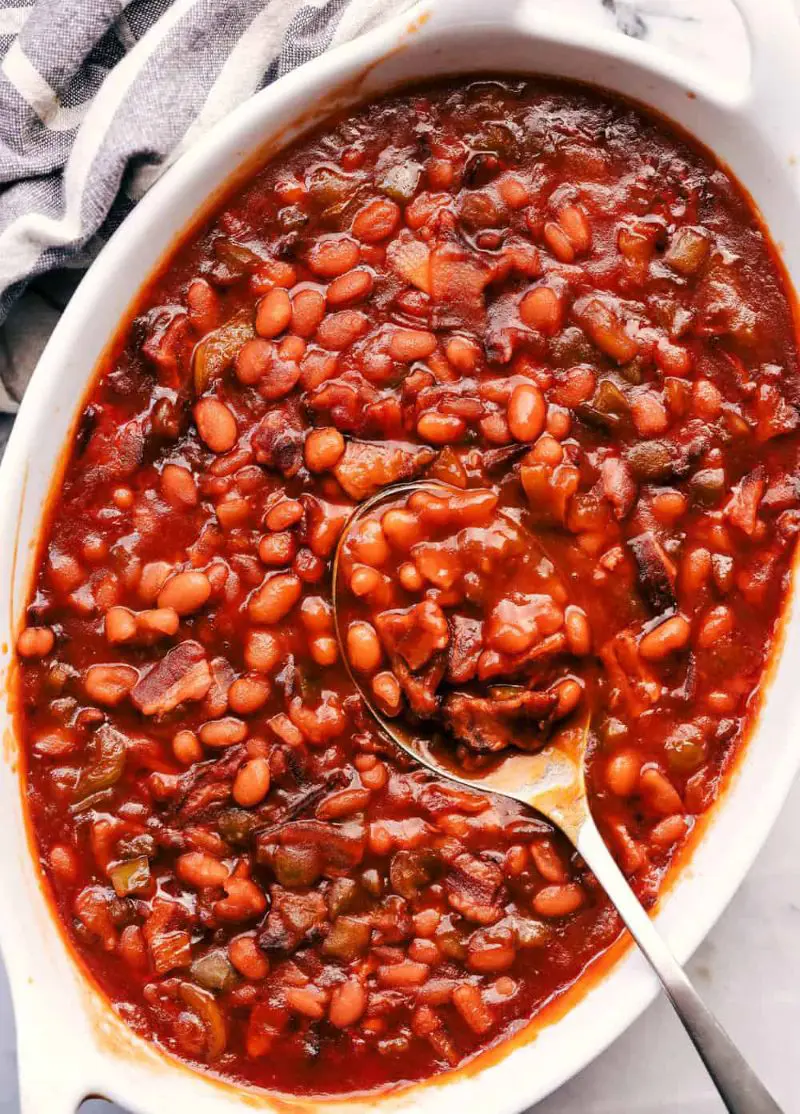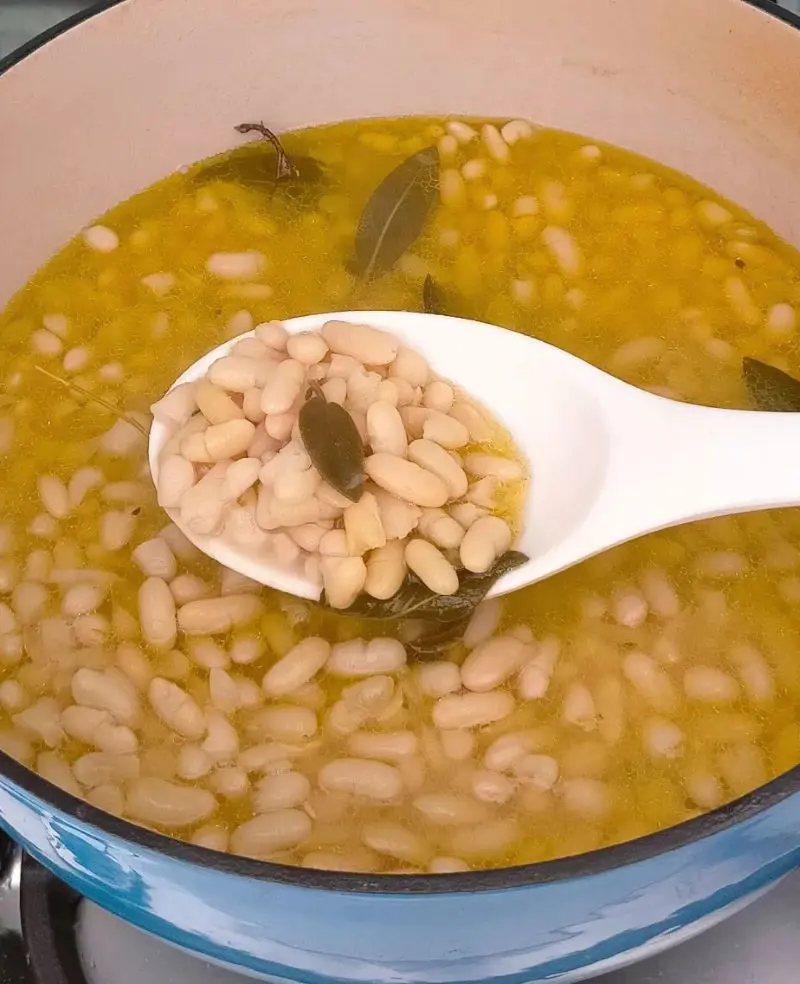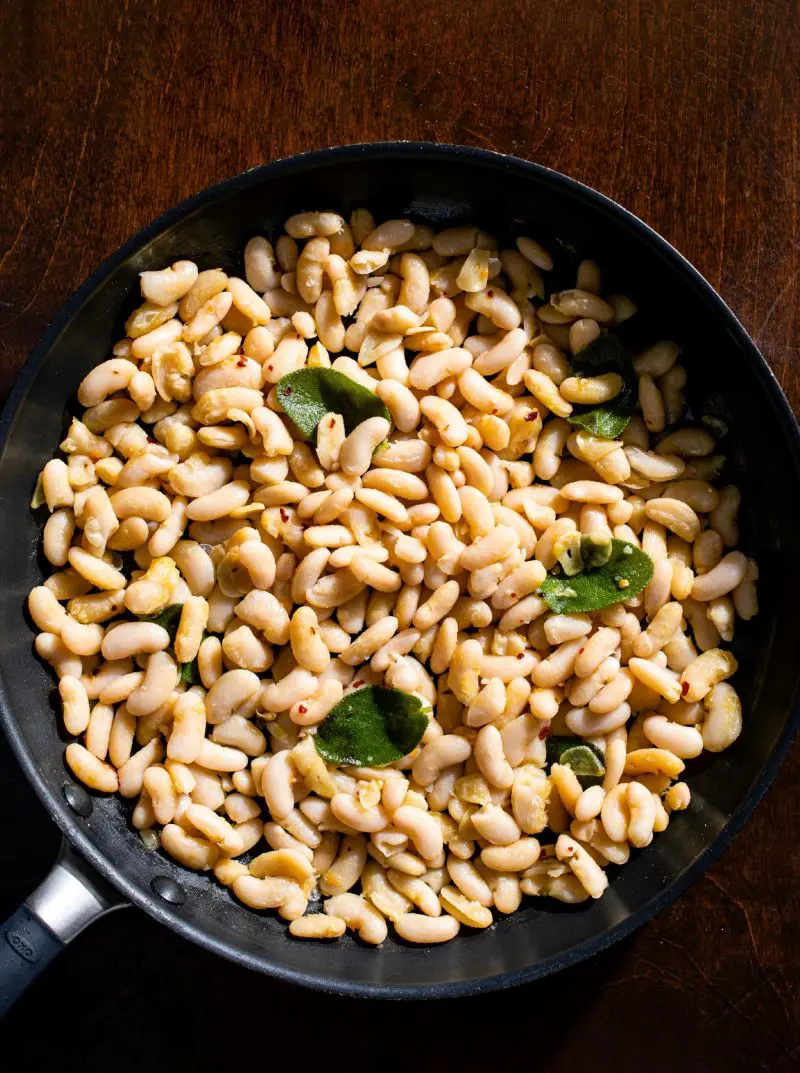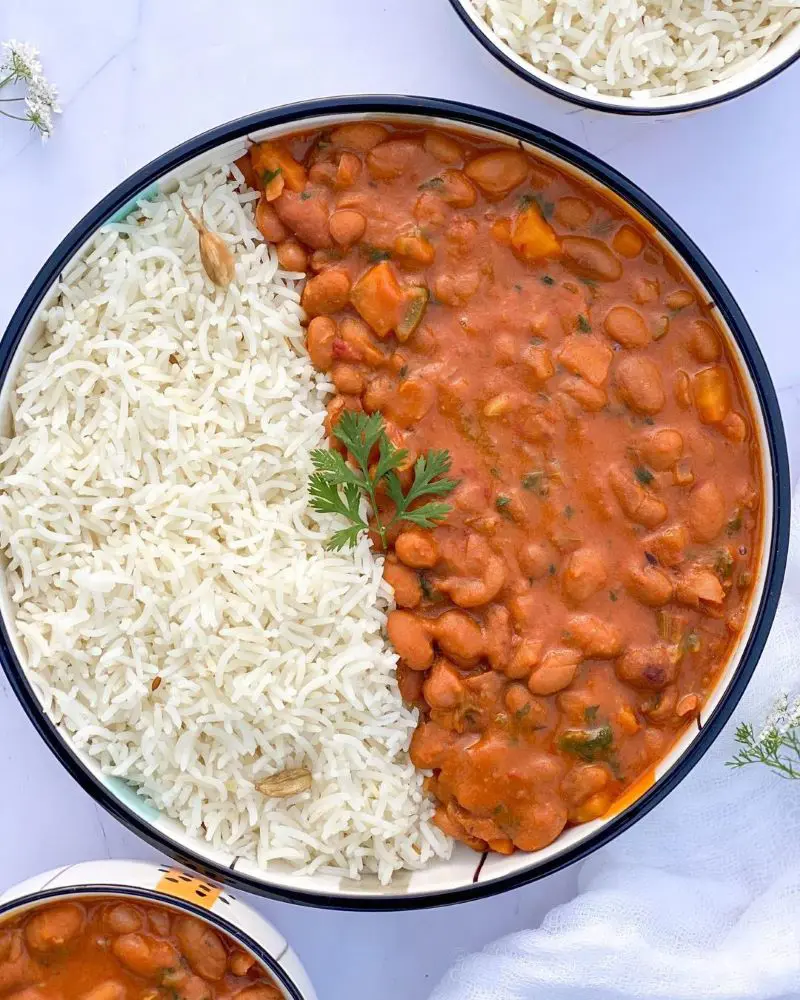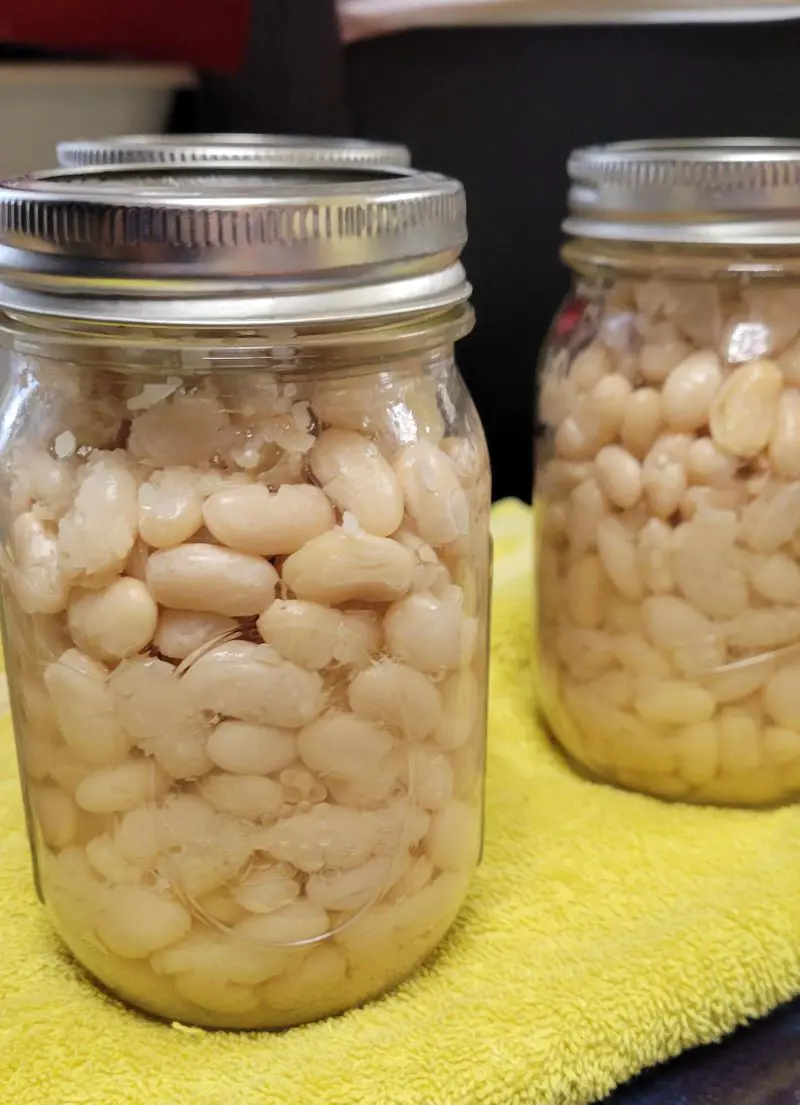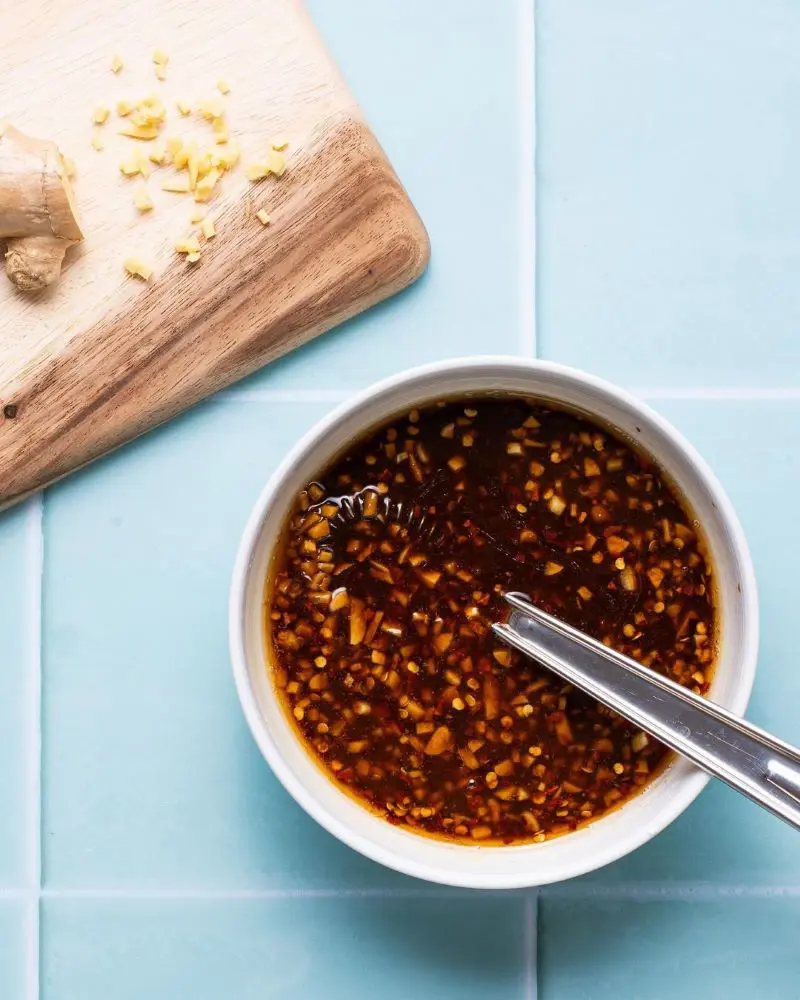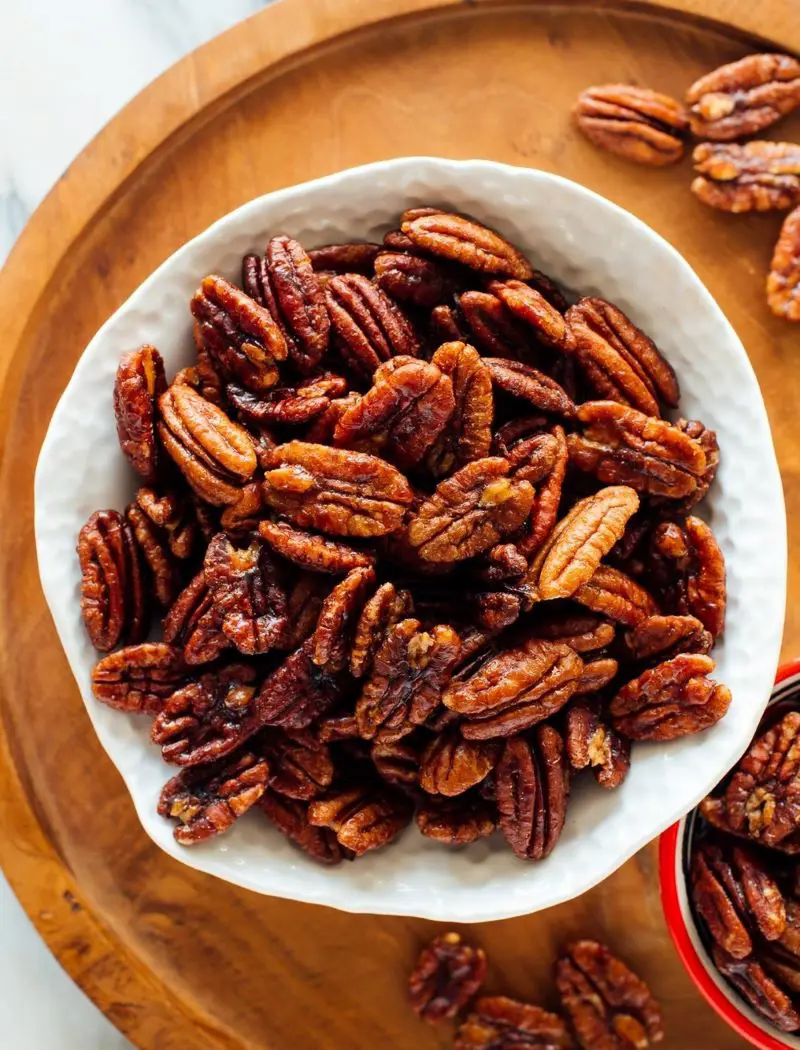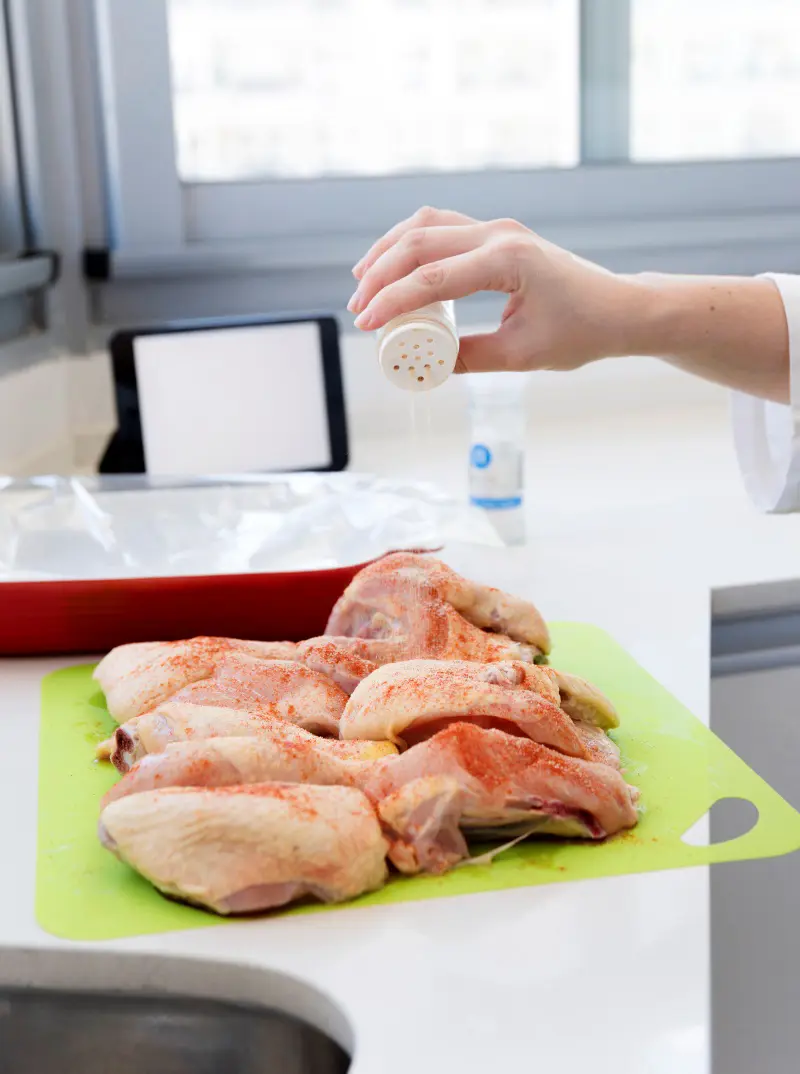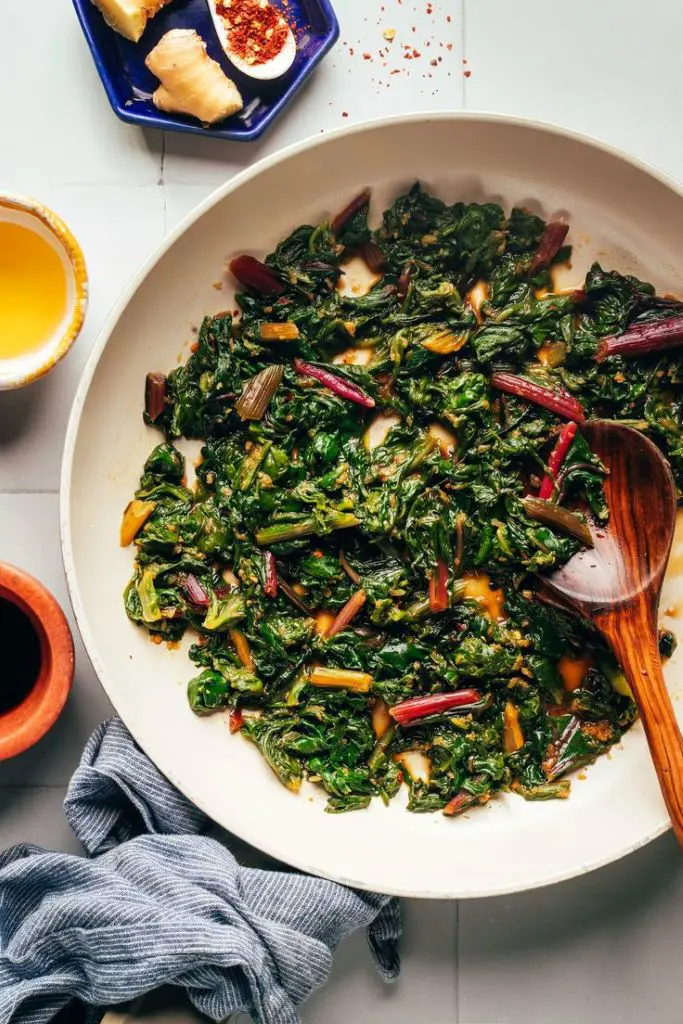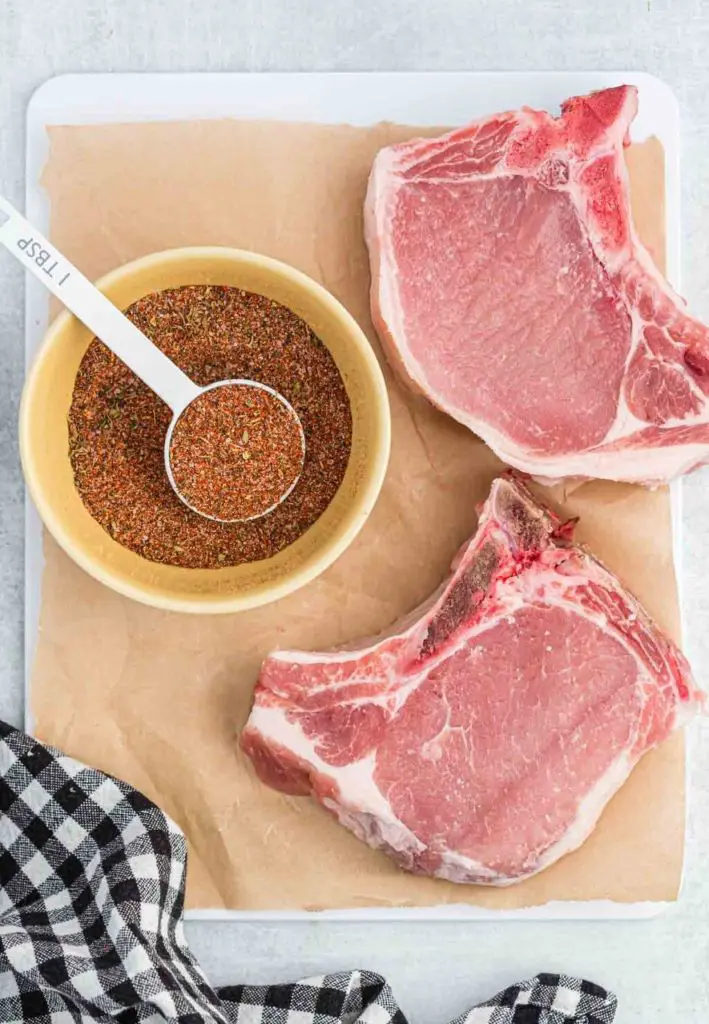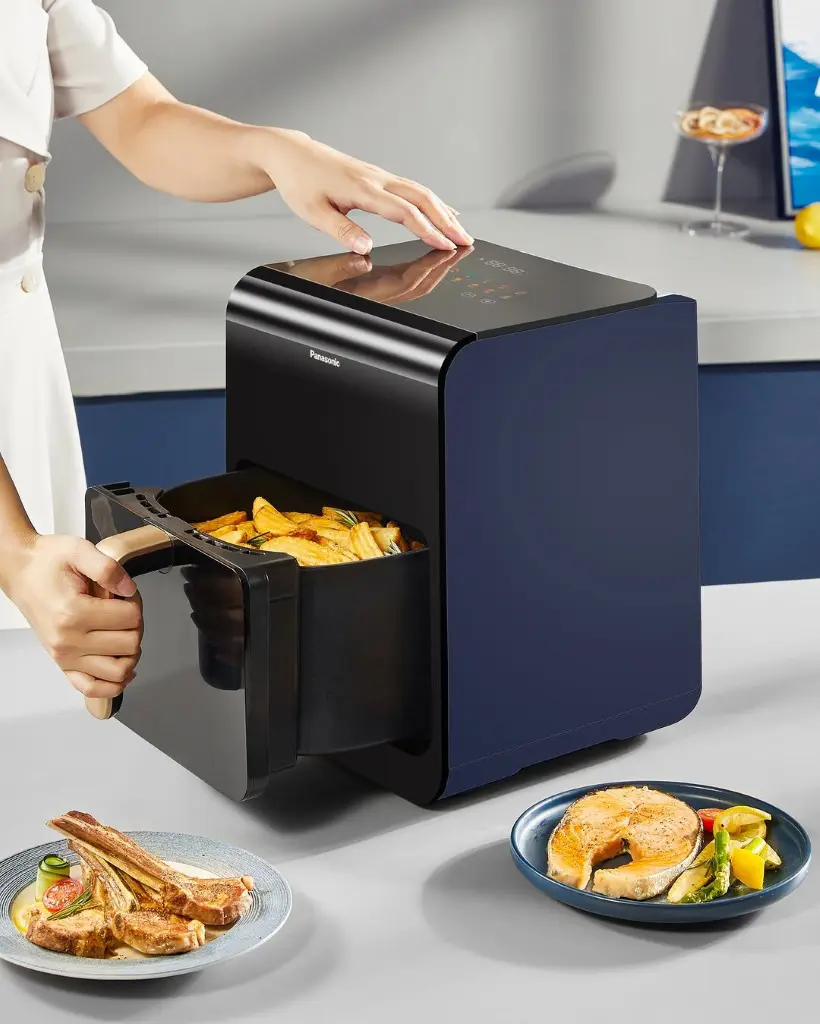Ingredients To Cook Dry Beans
You know how some people think beans are boring. That's usually because they haven't had properly seasoned ones.
Sometimes you'll want to keep them plain for mixing into other dishes, but when beans are the main dish (like when you're dumping them over rice), you'll want to jazz them up a bit.
Just make sure whatever seasonings you add work with the rest of your meal.
- Beans: Buy your beans from stores that sell lots of them - that way they're fresh. While they last ages, they will not remain good forever. After two years, they start tasting pretty bland. Fresher is better! Pick whatever kind you like - black beans, navy beans - they all work great.
- Water: This is your beans' swimming pool. They need plenty of room to expand and become tender. Usually, you want about 3 inches of water above your beans. They're thirsty little things and will soak up quite a bit.
- Salt: This isn't just about making things salty - it brings out the beans' natural flavor. Some people worry salt makes beans tough - that's an old wives' tale. It actually helps them cook up creamy and delicious.
- Aromatics: You don't have to strictly add extras, but they make everything better. Just toss in half an onion and some crushed garlic. Herbs are fantastic too - fresh if you've got them, dried if you don't.
